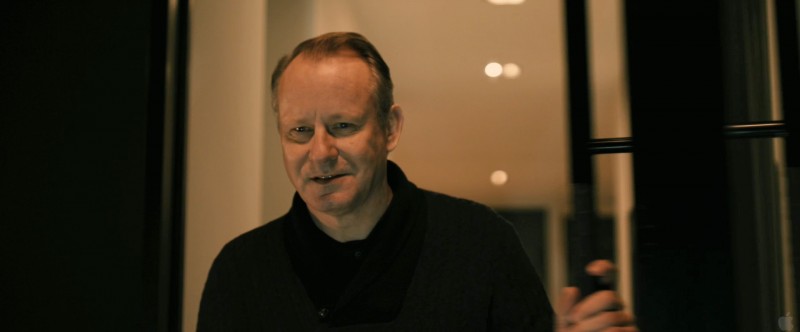
Again – this post contains spoilers.
I liked both versions of The Girl with the Dragon Tattoo – the 2010 Swedish and the 2011 American. Both made my top ten lists at the end of the year. Still, they are distinctly different movies.
The best thing about the Swedish movie was Noomi Rapace’s full throttle performance as Lisbeth. Rooney Mara’s Lisbeth is different, but just as good. Rapace modulated her performance between sheer rage and full-out fury, and her signature was the always whirring motor. Mara’s Lisbeth has a more stone-faced affect until the moments that she explodes into a cyclone of wrath.
The rest of the performances are far superior in the American version. Daniel Craig is a much better Blomkvist; Craig has already played James Bond, so he is liberated here to play Blomkvist as a weary and defeated hang-dog whose confidence has been completely deflated. The other key characters are brilliantly played by Stellan Skarsgard, Stephen Berkoff, Robin Wright and Christopher Plummer.
In both versions, Lisbeth goes to her guardian’s house, puts down her bag and is victimized. In the Swedish version, he see her stumble home completely traumatized, wash herself and then watch the video of her own rape – OMG! She taped it! And she has it all on digital! This discovery is a huge moment in the film (for those of us who hadn’t read the book). But in the American version, when she puts down the bag, anyone who has seen a spy movie can tell that she’s got a camera in the bag, which takes the surprise effect away when she later plays the tape of her rape.
In the American version, some characters in the Vanger family are compressed. That’s fine with me. There are really only so many nasty blondes you can tell apart.
In the book (I understand) and the Swedish movie, Lisbeth ties Gottfried and Martin to the murders by plowing through the travel receipts in company’s archived expense accounts. In the American version, Lisbeth is looking through archived records when she (and we) see news photos of Gottfried and Martin near the scenes of the crimes. I prefer the non-dumbed down Swedish version.
The Swedish movie contains flashbacks that we learn depict 12-year-old Lisbeth burning her own father for his abuse of her mother. This device worked very well to explain Lisbeth’s constant state of fury. In the American film, this fact is described in dialogue and not shown. It’s usually better to show and not tell, and it is here, too. I prefer the approach of the Swedish film.
The American version’s opening credits depict a nightmarish montage of oiled human forms, all to a ripping version of Led Zeppelin’s Immigrant Song. I didn’t like the montage, which does not kickstart the story and just looks the opening sequence to a TV drama series. I do like the version of Immigrant Song, which I wrote about here. In fact, I liked all the music in the American version, by Nine Inch Nails founder Trent Reznor.
Apparently, Scandinavian audiences don’t need filmmakers to tell them that they live in a cold clime. But Fincher makes the unrelenting cold into a character itself, a touch that I liked very much.
On the whole, both movies are very good. After the first Dragon Tattoo, there was a change in directors for the Swedish trilogy, so I expect that Fincher’s take on the second and third movies to be far superior to the plodding Swedish versions.
